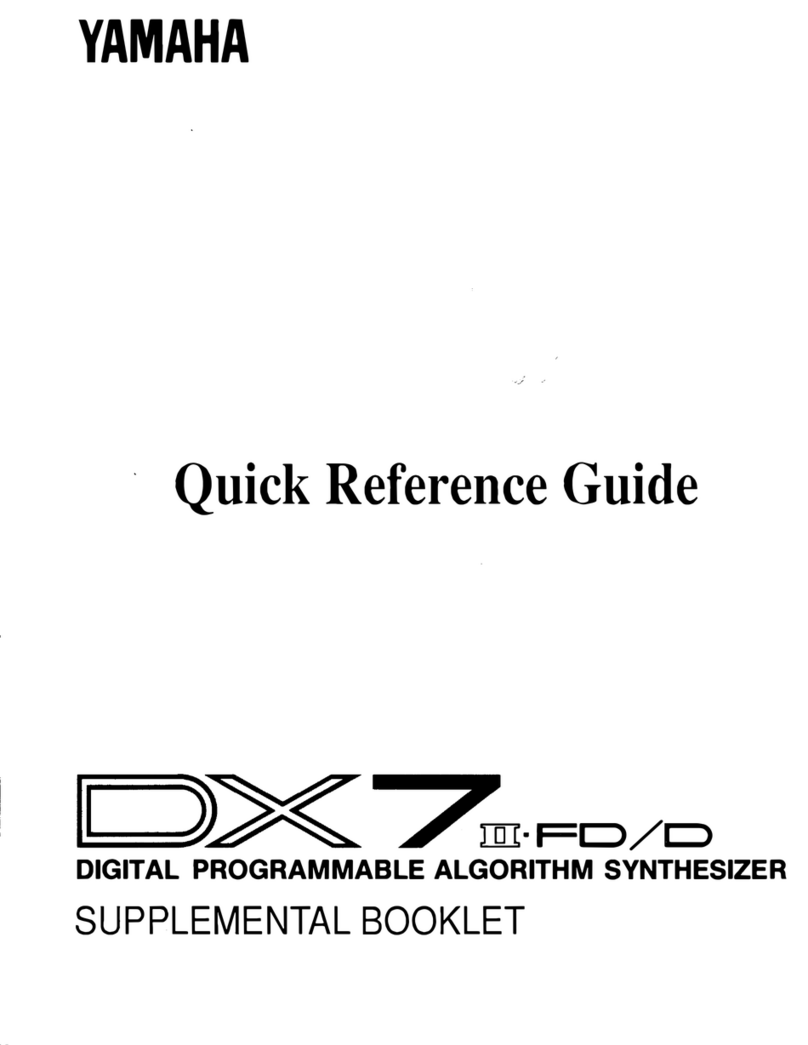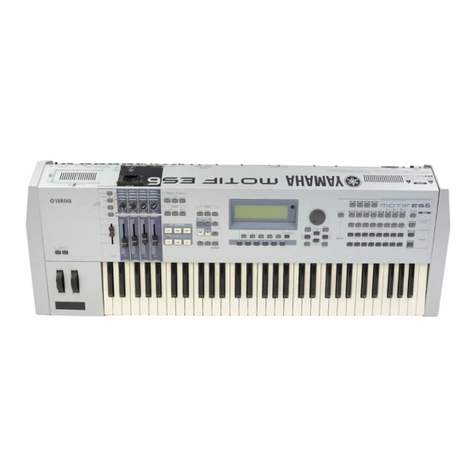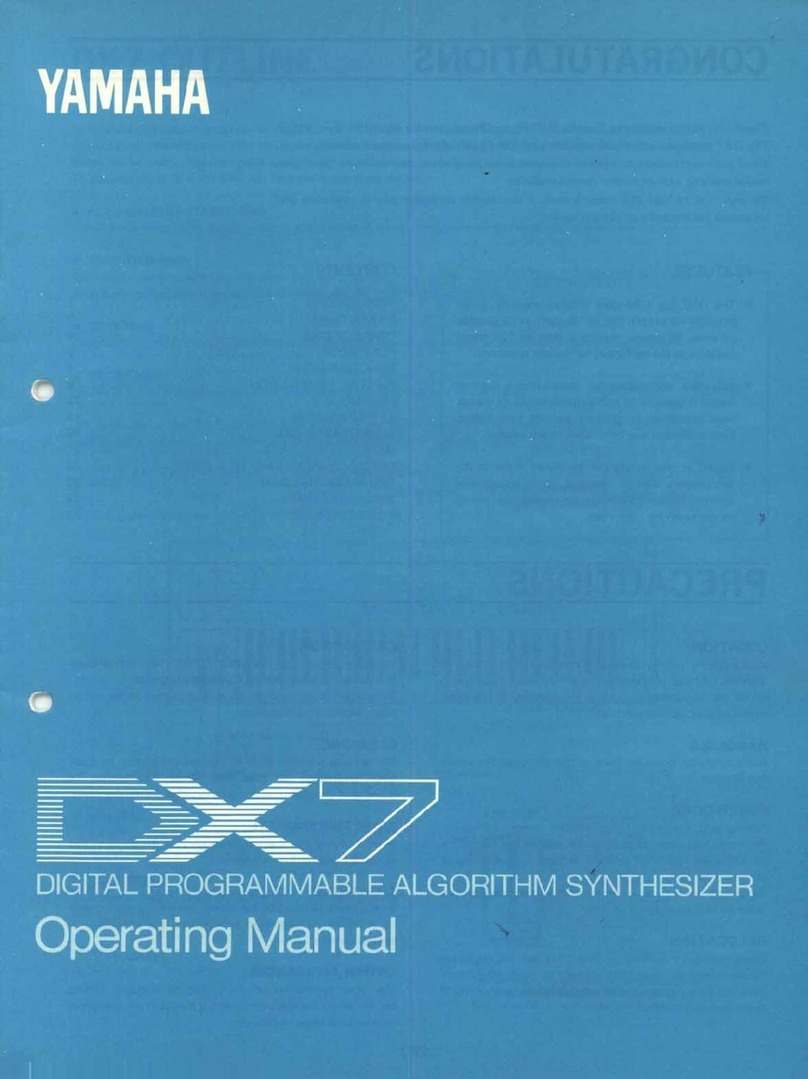Yamaha CS-30 User manual
Other Yamaha Synthesizer manuals

Yamaha
Yamaha DX11 User manual
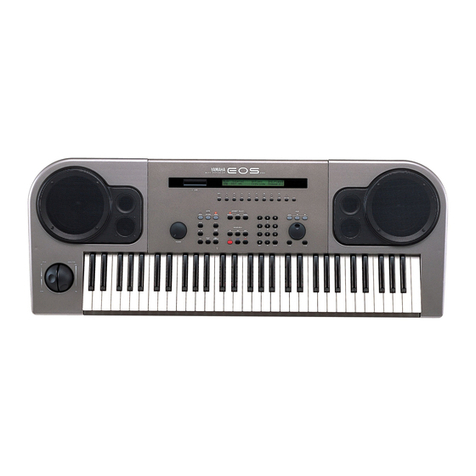
Yamaha
Yamaha EOS B500 User manual
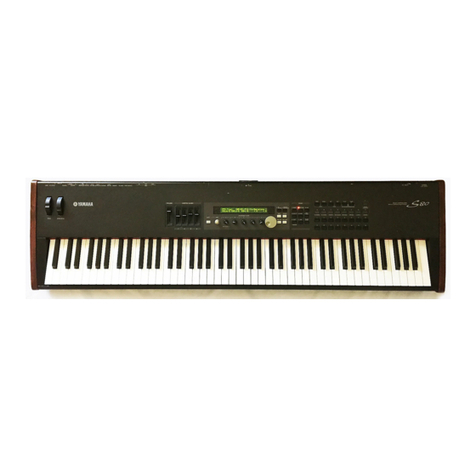
Yamaha
Yamaha S-80 Instruction Manual
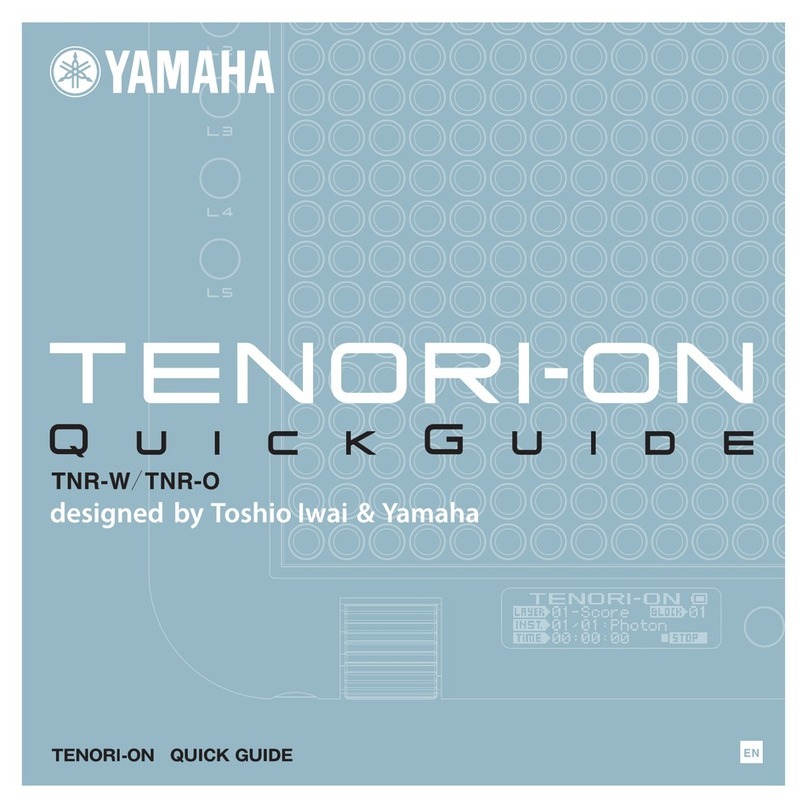
Yamaha
Yamaha TENORI-ON TNR-W User manual
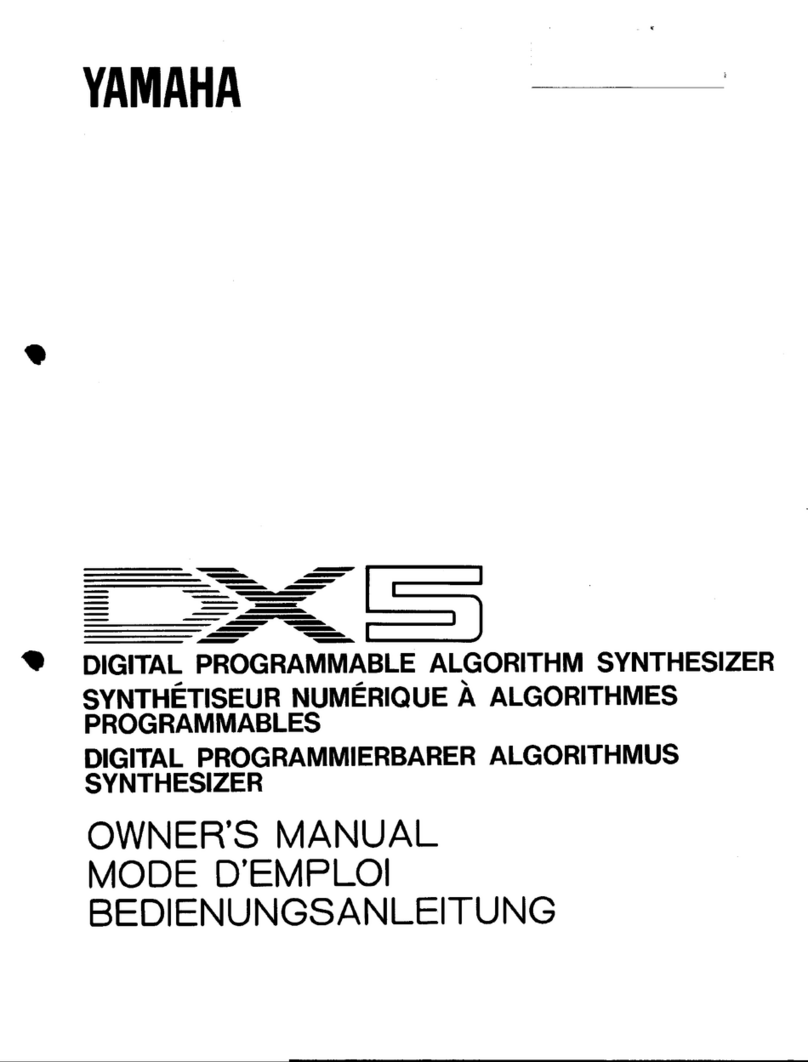
Yamaha
Yamaha DX5 User manual
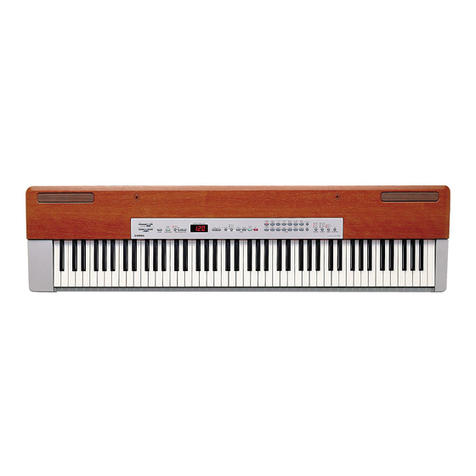
Yamaha
Yamaha P-120 User manual

Yamaha
Yamaha MOTIF ES series User manual
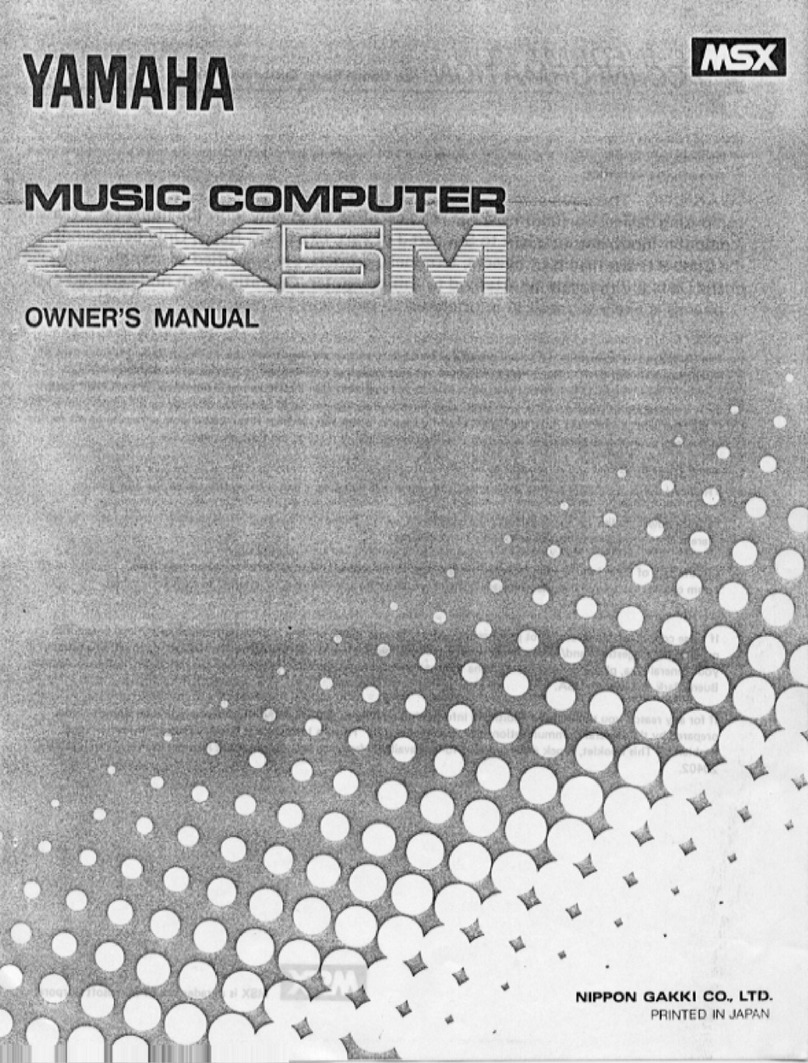
Yamaha
Yamaha CX5M User manual
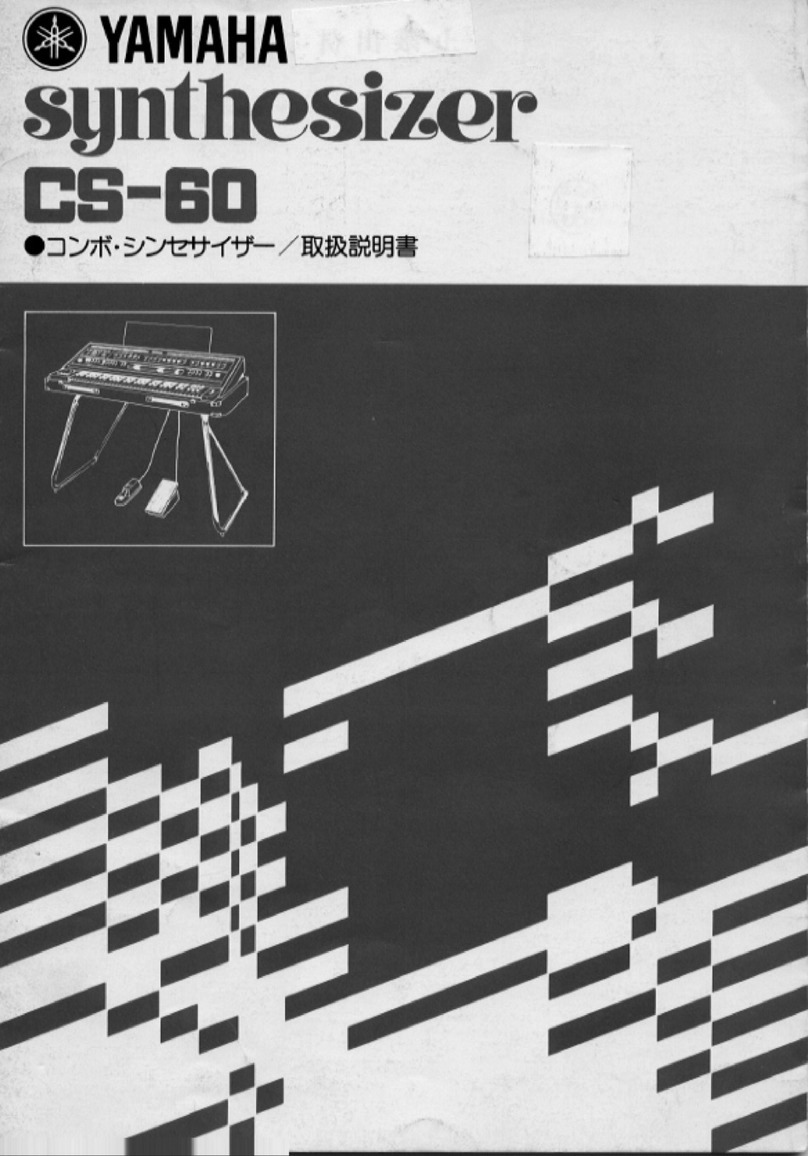
Yamaha
Yamaha CS-60 User manual

Yamaha
Yamaha QS300 Manual
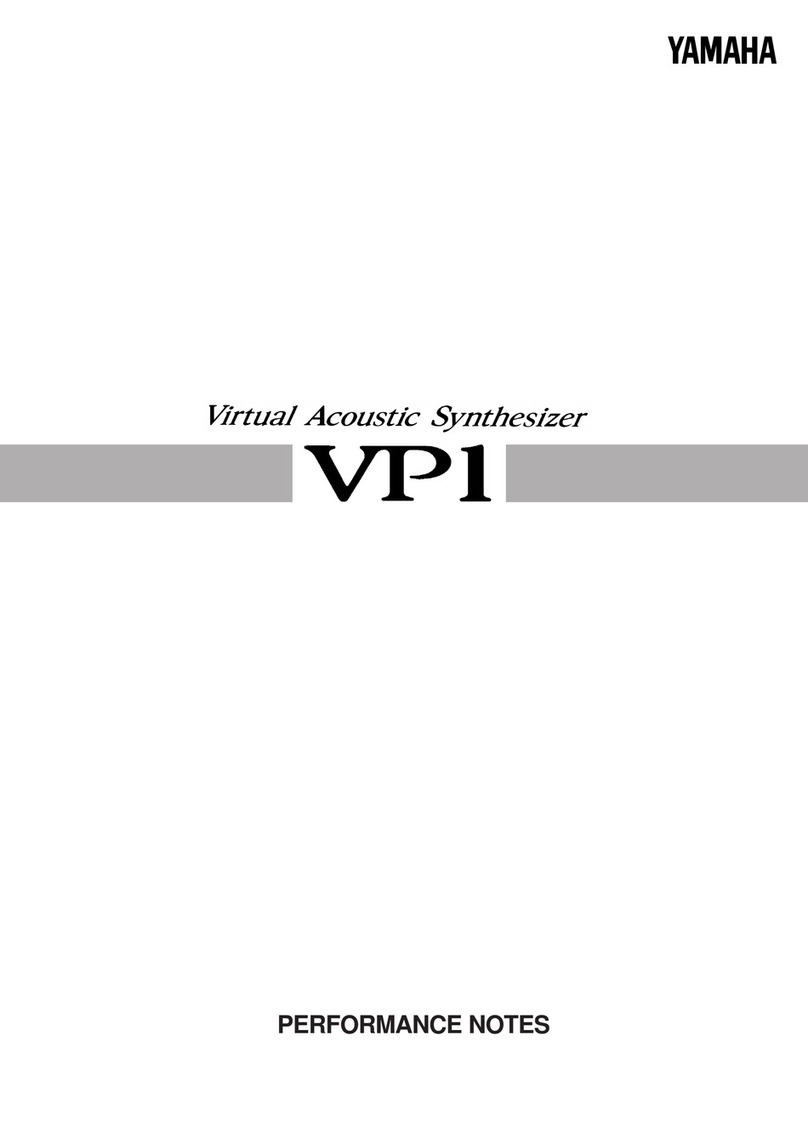
Yamaha
Yamaha VP1 Quick start guide
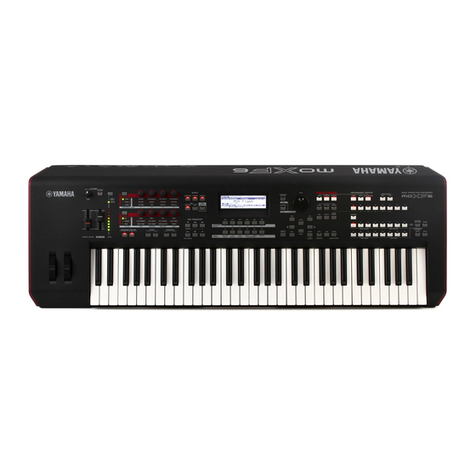
Yamaha
Yamaha MOXF6 User manual
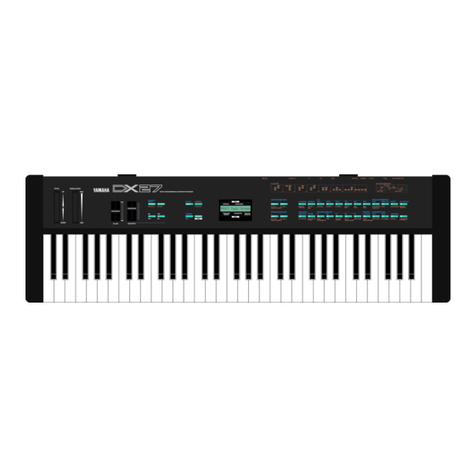
Yamaha
Yamaha DX27 User manual
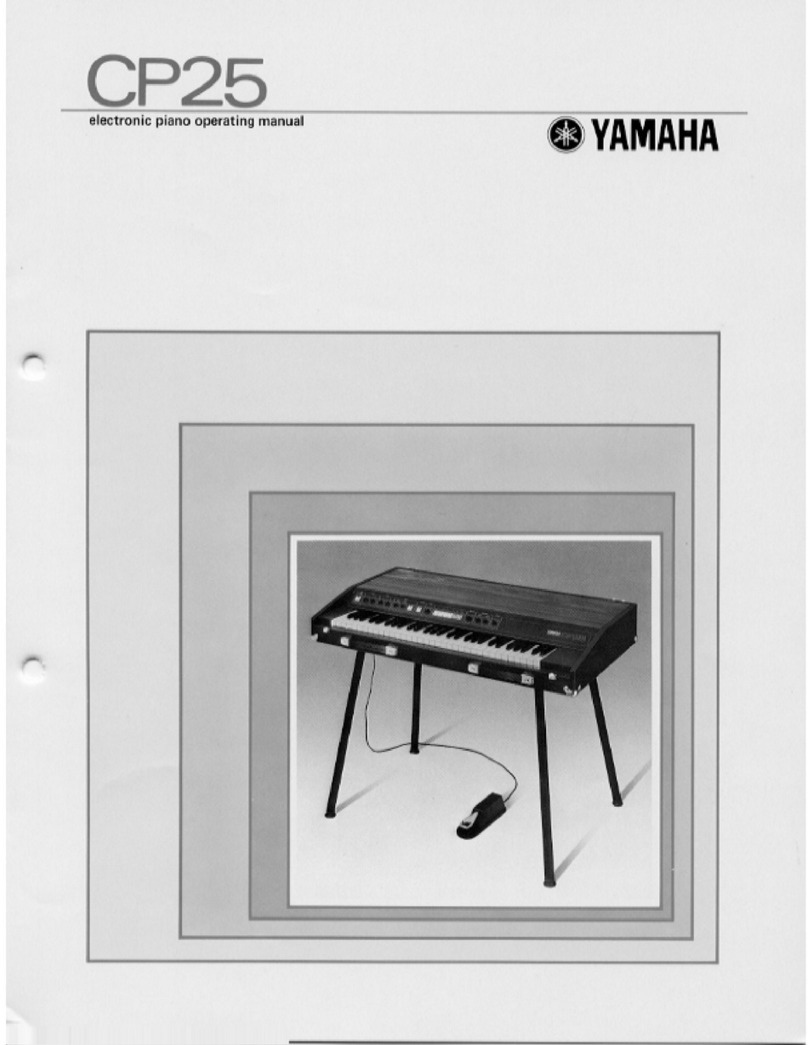
Yamaha
Yamaha CP-25 User manual
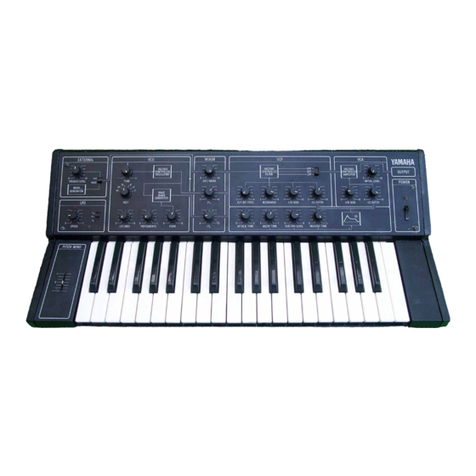
Yamaha
Yamaha CS-5 User manual
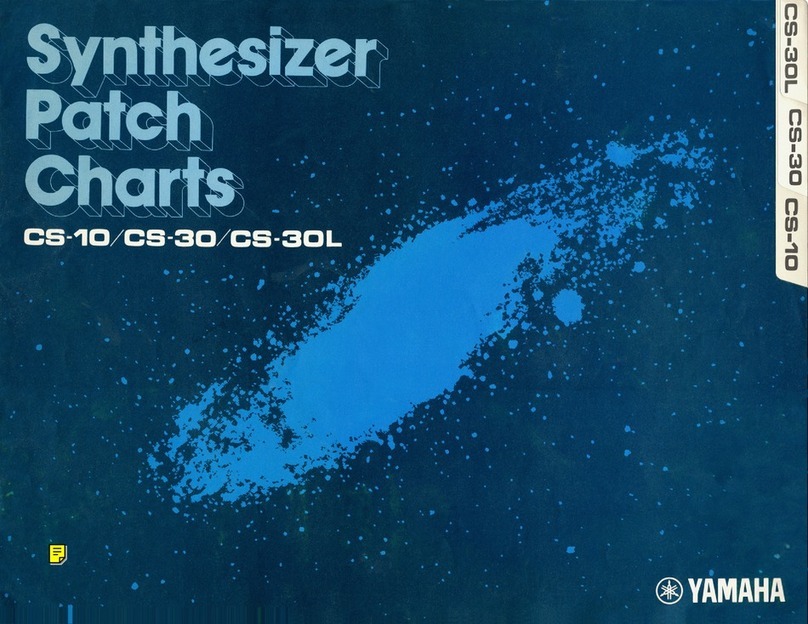
Yamaha
Yamaha CS-10 User manual
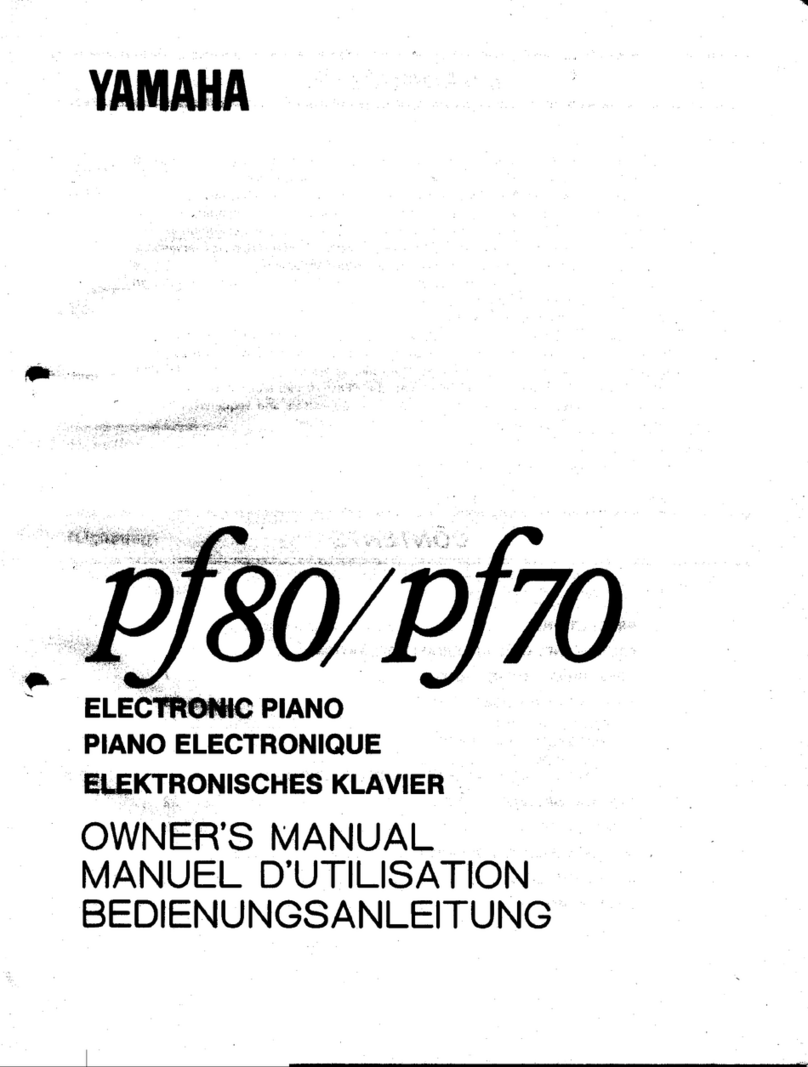
Yamaha
Yamaha PF-70 User manual
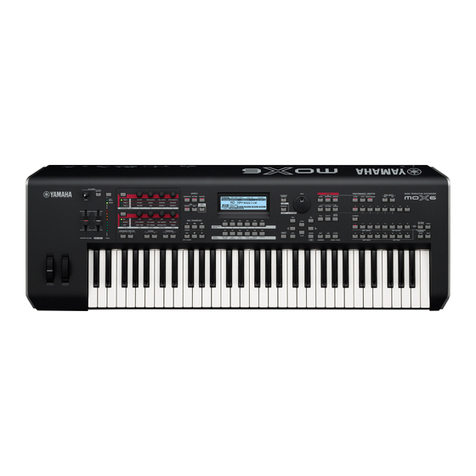
Yamaha
Yamaha MOX6 User manual

Yamaha
Yamaha CS-30L User manual
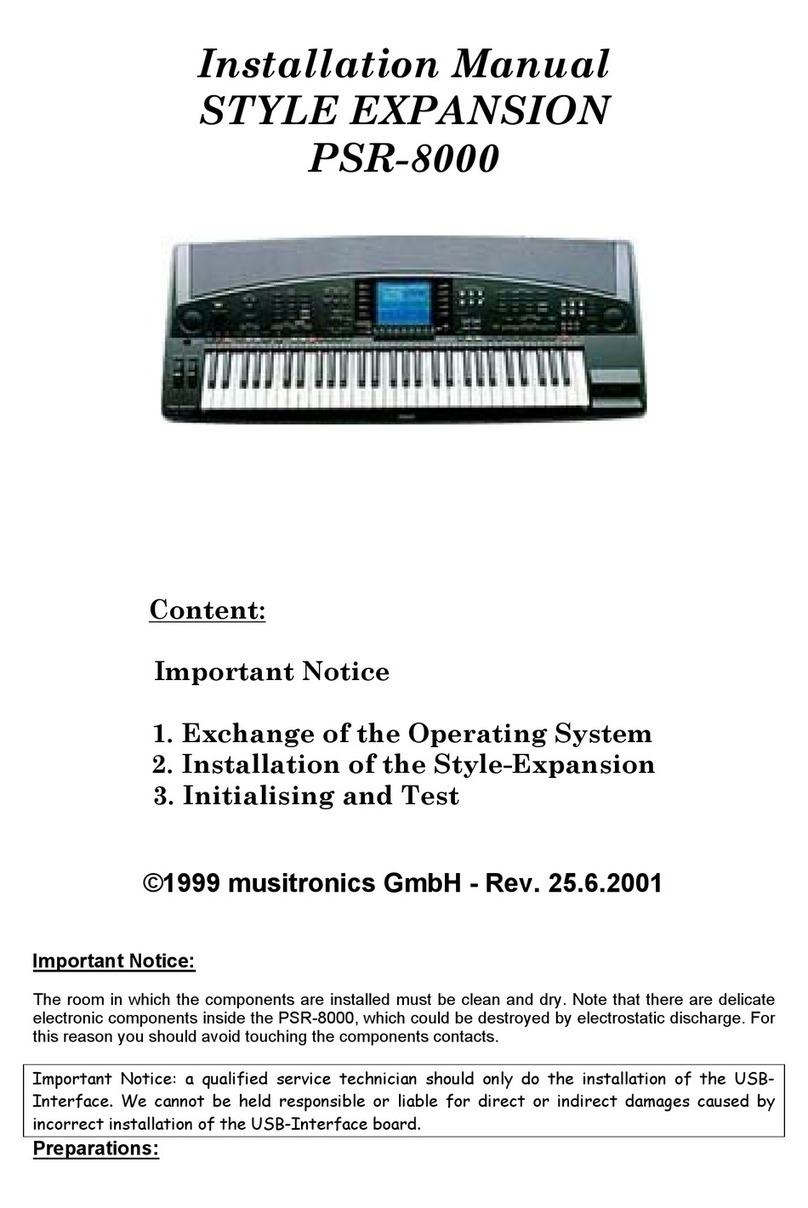
Yamaha
Yamaha PortaTone PSR-8000 User manual
